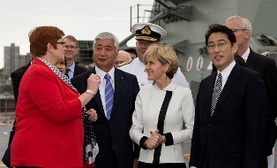
Commentary in the Japanese and Australian media over the past three months about Australian PM Malcolm Turnbull`s apparent Sinocentric view had created the impression that Australia might suddenly veer off from its normal course of relations with Japan and emphasise China over all other long-standing ties with nations of East Asia. The communiqué was thus a response to such speculation, and affirmed that not only was the strategic relationship strong, but that it was about to get stronger through increased joint exercises and further defence agreement negotiations. One other element from the dialogue that was promoted with gusto was the role of the US in forging these closer ties. Both sides emphasised their bilateral ties with the US, and how this then contributed to the trilateral relationships between the three.
Given the sensitivities surrounding the topic, submarines were mentioned but without emphasis, with Japan stating that it was competing earnestly in the competitive evaluation process and that Australia welcomed Japan`s involvement. With decisions to be made within government on which country should provide Australia with its next generation of submarines, neither side wanted to give away too much detail and seemed determined to keep this topic away from anything that might cause concern in either country.
So the dialogue was an exercise in building the type of strategic relationship that Japan now seeks with other regional partners and that Australia seeks to have with Japan. While submarines may become one part of this relationship, they are not the only area for potential growth, a fact that both sides recognise and which was reflected in the communiqué. Tellingly, Australia pledged its support for Japan`s new legislative changes and its embrace of the concept of collective self-defence, although whether Australia yet fully comprehends what that means (i.e., that it is interpreted in a different sense in Japan based on Japan`s own security legislation) is yet to be determined.
Something different about this particular communiqué was the paragraph detailing the role of women and how both countries were working towards the greater participation of women in society and the protection of women and girls from violence. That is a reflection of the fact that firstly, Australia was represented by two women in the roles of foreign minister and defence minister, and secondly that Japanese PM Abe has made the greater participation of women in the workforce a key policy, and so this aligned neatly with Australia`s ambition to be elected to the UN Human Rights Council, where Australia has stated that it will work for the promotion of women`s rights, together with Japan`s ambition to become a permanent member of the UN Security Council.
So it was a statement with a fair degree of quid pro quo and bonhomie, couple with an equal amount of concern about events in the South China Sea. Both countries regard this as a possible flashpoint and question China`s motives is building artificial islands in that region. The communiqué could thus be seen as a word of caution to China – either work with us and the international community to uphold pre-existing laws and create protocols for the region, or see us grow in our bilateral strategic relationship and our relationship(s) with the US. This language, which mirrors that of previous trilateral dialogues, thus makes no secret of the direction that Australia and Japan`s relationship is headed in. Each sees the other as new territory to be explored, and the potential that lies in each to provide assurances to the other in the event that the region becomes further destabilised. It is a communiqué of intent, and should be given due consideration by all governments in the region and further abroad.
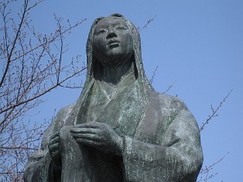
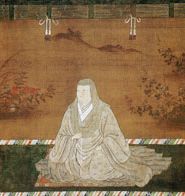
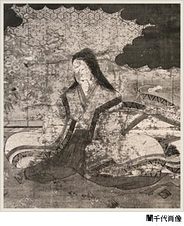
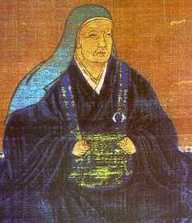
 RSS Feed
RSS Feed